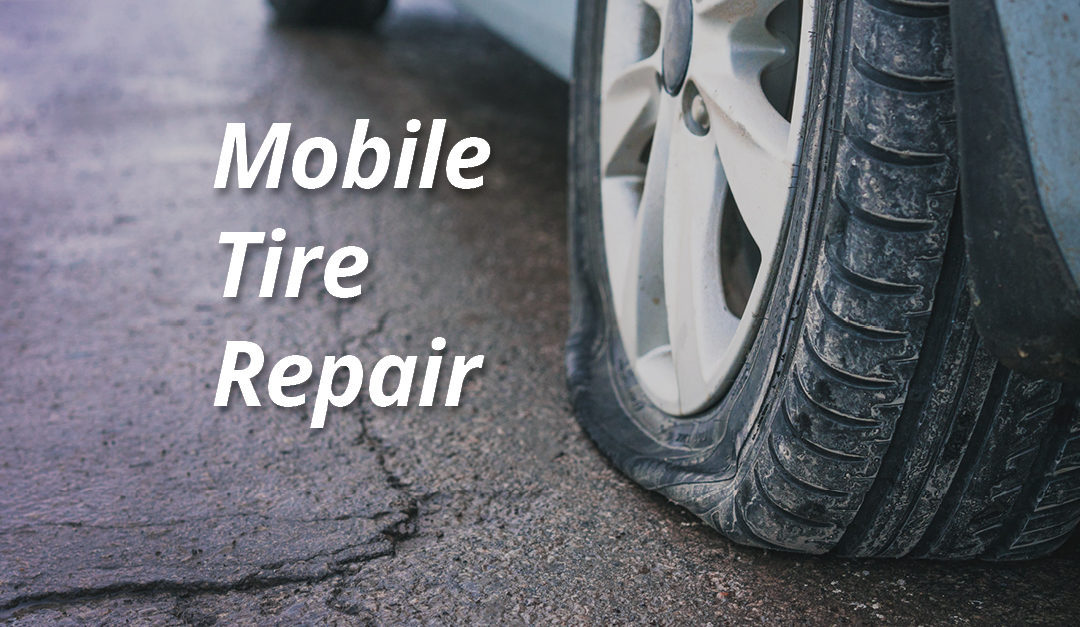Tire Service: Proven Methods for Ideal Tire Upkeep and Treatment
Keeping optimum tire problem is critical for both safety and performance of any type of vehicle. From ensuring proper tire pressure to normal rotation and positioning, there are tried and tested techniques that can dramatically prolong the lifespan of your tires and enhance general driving experience. As we check out the ins and outs of tire treatment and maintenance, we will certainly discover important standards that every car owner ought to stick to for the finest possible outcomes. Allow's look into the world of tire solution and uncover the tricks to keeping your tires in excellent shape for the long haul.
Significance of Tire Stress
Correct tire stress is a vital consider making sure optimal lorry efficiency and safety when traveling. Maintaining the advised tire pressure levels provided by the supplier supplies various advantages. To start with, sufficient tire stress promotes better fuel performance, as under-inflated tires can lead to boosted rolling resistance, creating the engine to function tougher and eat more fuel. Second of all, right tire stress guarantees also walk wear, improving tire longevity and saving money in the future by postponing the demand for premature replacements. Additionally, correctly pumped up tires add to improved handling and stopping capabilities, vital for risk-free driving in different roadway problems. Over-inflated tires, on the various other hand, can result in minimized grip and a harsher trip. On the other hand, under-inflated tires are susceptible to getting too hot, which can result in mishaps and blowouts. Consistently checking and adjusting tire stress, particularly soon journeys, is a basic yet effective method to boost car efficiency, expand tire life-span, and prioritize safety when driving.
Tire Turning Guidelines
When considering tire turning standards, it is important to recognize the importance of this upkeep task in optimizing tire life expectancy and preserving ideal automobile efficiency. Tire turning includes altering the position of each tire on a lorry to make certain even step wear. Front tires have a tendency to wear extra swiftly than back tires due to steering pressures, making regular turning crucial for well balanced wear patterns.

Benefits of Wheel Positioning
Ensuring correct wheel placement after tire turning is essential for maintaining well balanced wear patterns and making best use of automobile performance. Furthermore, correct wheel alignment assists to prolong the life expectancy of your tires. Misaligned wheels can create unequal tire wear, leading to early tire substitute and boosted upkeep costs.

Tire Tread Depth Examine
Carrying out a regular evaluation of tire walk deepness is necessary for preserving safe driving conditions and prolonging the life-span of your tires. Irregular tread wear can suggest issues with tire suspension, stress, or positioning, highlighting the significance of regular tread depth checks. By integrating tire tread deepness checks into your regular maintenance timetable, you can drive with confidence recognizing that your tires are in leading condition.
Seasonal Tire Evaluation
Seasonal tire inspection is a basic aspect of tire maintenance that guarantees tires are all set to encounter the obstacles presented by different weather condition conditions. In preparation for winter season, it is vital to examine the tire stress on a regular basis as chilly temperatures can trigger tire pressure to drop. By conducting routine seasonal tire inspections, vehicle drivers can lengthen tire life-span, improve gas effectiveness, and most importantly, guarantee a safe driving experience in varying weather conditions.
Final Thought
To conclude, keeping proper tire stress, turning tires routinely, aligning wheels correctly, monitoring tread depth, and carrying out seasonal assessments are essential methods for optimum tire treatment. By complying with these shown techniques, chauffeurs can ensure their tires last much longer, carry out far better, and add to total vehicle security. It is very important to prioritize tire maintenance to stop accidents, boost fuel effectiveness, and extend the lifespan of tires.
Sufficient tire pressure advertises better fuel performance, as under-inflated tires can lead to raised rolling resistance, causing the engine to work more challenging and eat more fuel.When taking into consideration tire rotation standards, it that site is crucial to understand the value of this maintenance job in optimizing tire life-span and keeping ideal vehicle efficiency. Seasonal tire inspection is a basic aspect of tire maintenance that makes sure tires are all set to face the difficulties posed by different weather condition problems. By conducting routine seasonal tire evaluations, motorists can extend tire lifespan, enhance fuel effectiveness, and most importantly, make sure a safe and secure driving experience in varying climate conditions.
In verdict, keeping appropriate tire stress, revolving webpage tires consistently, straightening wheels appropriately, keeping track of walk depth, and performing seasonal assessments are crucial practices for ideal tire treatment.